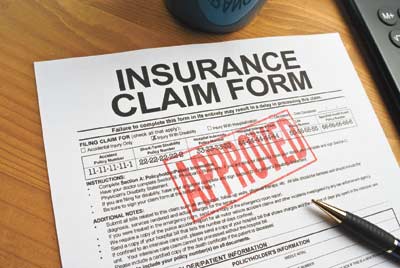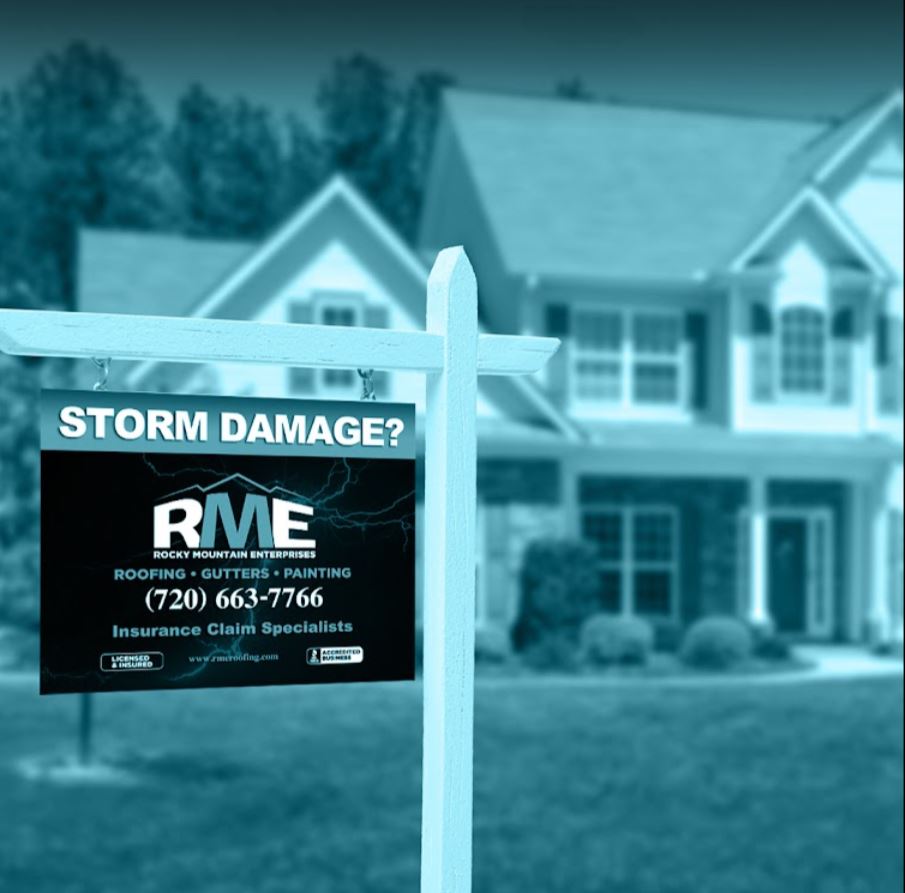We Know Insurance Can Be Difficult To Navigate
The roofing and insurance industries don’t always have the best reputation. There are some companies that use this to their advantage. They’ll tell you what you want to hear and promise you the world, making it seem like it’s really easy to get coverage. Then, once you sign up, they’ll try to charge you for things you didn’t even ask about. This is especially true if you’re dealing with a small contractor or agent.
That’s not to say that every roofing or insurance company is out to take advantage of people. In fact, many companies offer great customer service and treat customers fairly. However, there are still plenty of companies out there who try to take advantage of homeowners during a difficult time.
Don’t Sign Any Paperwork Until Your Roof Insurance Claim Is Approved
The roofing industry doesn’t exactly have the most stellar reputation. Some roofers are known to take advantage of people during times of disaster. They might offer free estimates, but they’re really just looking to make a quick buck off of your insurance money.
One way they do that is by trying to strong-arm homeowners before they’ve even gotten approval for their claims. This isn’t always obvious, though. Sometimes, the roofer will ask you to sign something before he’ll come out and look at the roof.
If this happens, don’t sign anything. You shouldn’t have to sign anything before getting an inspection. Remember, the purpose of inspections is to figure out whether there’s storm damage or not. If you haven’t gotten approval for your claim, why would you sign anything?
In addition to being unethical, signing anything before you’ve received approval could void your insurance coverage. In fact, you might lose your entire policy if you sign anything without having received approval.
That’s why we recommend waiting to see what your insurance provider says about your claim before signing anything. Then, once you know what your options are, you can decide how much work you’d like to put into repairing your roof.
RME Roofing Will Hold Your Insurance Adjuster Accountable
Everyone is human and makes mistakes. Even insurance adjusters. But most of the time, an adjuster will spot storm damages, like broken windows or water damage. Sometimes they make a mistake and don’t pay you enough money. This happens often because it’s hard to tell whether a home is damaged during a storm. An insurance adjuster might think that the house looks fine, but actually, parts of it could be damaged. To avoid making a mistake, here are some tips to help you spot storm damage.
Look For Signs Of Water Damage
Water damage doesn’t always show up immediately. For example, if you see mold growing on walls or ceilings, it’s possible that the water damage happened months ago. In this case, you’ll want to request a second inspection.
Check For Cracked Shingles
Shingles crack easily during storms. They’re usually easy to spot because they look different than normal shingles. You can use a flashlight to check for cracks.
Check For Missing Tiles
Tiles can fall off roofs during winds. If you notice tile falling off your roof, contact your insurance company.
Look For Holes In Drywall
Drywall can blow away during storms. If you find holes in drywall, call your insurance company.
Look For Bulging Areas In Floorboards
Floorboards can expand during heavy rains. If you notice a bulge in the floorboard, contact your insurance company immediately.
Check For Stains On Carpets
Carpets can absorb moisture. If you notice spots on your carpet, contact your insurance company right away.
Let RME Roofing Help You Navigate the Homeowners Insurance Process
The insurance claim process can be scary. And it doesn’t matter whether you are a homeowner or renter; there are steps involved in every insurance claim. Here’s how the process works.
What Is Your Claim Worth?
Your home is covered under the policy. So, the first thing you want to do is determine the value of your property. This is called the loss settlement amount.
How Do You Know How Much Damage There Was?
If you suspect that your roof needs repair, you’ll want to take photos of the damaged area. Then, contact your insurance agent or adjuster to schedule an inspection. They will use an infrared camera to see exactly where the water entered the building.
Who Will Pay For Repairs?
You’ll pay for repairs directly to the contractor hired by your insurance provider. The cost of labor and materials will be included in the estimate. Once the work is completed, the contractor submits a bill to your insurance carrier.


